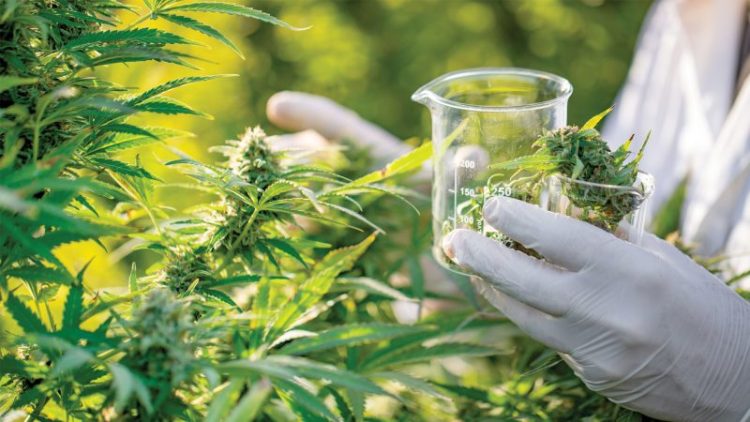The entourage effect has rightfully been receiving more and more attention from the scientific cannabis community. However, our knowledge of one of its most important facets – the relationship between tetrahydrocannabinol (THC) and cannabidiol (CBD) – is pretty much exhausted by the idea that CBD negates or balances out THC’s effects to a certain extent. This may suffice for recreational users, but to medical users whose expectations from cannabis are highly specific, a rough idea simply doesn’t cut it. A much more concrete and in-depth understanding of THC:CBD ratios’ implications is required in order to maximize therapeutic benefits while minimizing any adverse side effects of medicinal cannabis.
The Systematic Review
With this precise goal in mind, a group of scientists dove into “a systematic literature review of Central, CINAHL, Embase, PsycInfo, and PubMed of the last 10 years of English language medical cannabis publications highlighting THC:CBD ratios.” [1]
It may be surprising that there hasn’t been more attention directed toward the specific THC:CBD ratios in different cannabis cultivars and products, but indeed, “no states with legalized medical or recreational cannabis consider ratios of THC:CBD in drafted regulations,” the researchers note.
At first, 479 unique references were generated by the wide-net search. After a couple of additional sifting phases, the researchers narrowed the results down to 11 studies that were the most relevant to the goal of defining how THC:CBD ratios affect humans.
“Diseases processes assessed included: MS, fibromyalgia, Autism Spectrum Disorder, refractory epilepsy, brain activity, Dravet Syndrome, complex motor disorder with predominant dystonia, spasticity, schizophrenia/schizotypal/psychosis like symptoms, and addiction/dependence.”
THC:CBD Ratios
The THC:CBD ratios in the studies were 1:0, 22:1, 2:1, 1:1, 1:2, 1:6, 1:9, 1:20, 1:33, 1:50, and 0:1. “Rationale for ratios selected was often not listed or simply trivialized as the ratios available to patients in the area or ratios that were pharmaceutically available throughout the country.” The researchers note that selecting ratios without providing a rationale for the choice is an unusual practice in pharmacological studies. This relatively random approach is a result of the lack of “standardized, stable chemical profiles, which are not accessible across the country due to cannabis’ varying classification and restriction status state by state.”
Because of all those variables, the researchers note it was hard to pin down too many telling patterns and draw definitive conclusions.
“Overall themes in findings pertained to decrease in drug craving with higher ratio CBD:THC, decreased pain threshold with higher CBD:THC ratio, and improved sleep with lower THC:CBD ratio.”
Furthermore, the review revealed some controversy regarding CBD’s ability to mitigate THC’s negative psychotic effects – something that is generally taken as a given. Even more contradictory were the findings regarding cannabis’s influence on seizures, with two studies coming to pretty much diametrically opposite results.
Conclusions
Because of this, the researchers conclude that no definitive arguments can be built regarding “THC:CBD ratios for “best practice” treatment of different diseases.”
“As highlighted by this systematic review, emphasis should be placed on research regarding dosing, ratios, and dose form for cannabis as medical treatment.” [1]
References:
Zeyl V, et al. “What Do You Know About Maryjane? A Systematic Review of the Current Data on the THC:CBD Ratio.” Substance Use & Misuse, 2020, ahead of print. Journal Impact Factor = 1.132; Times Cited:











